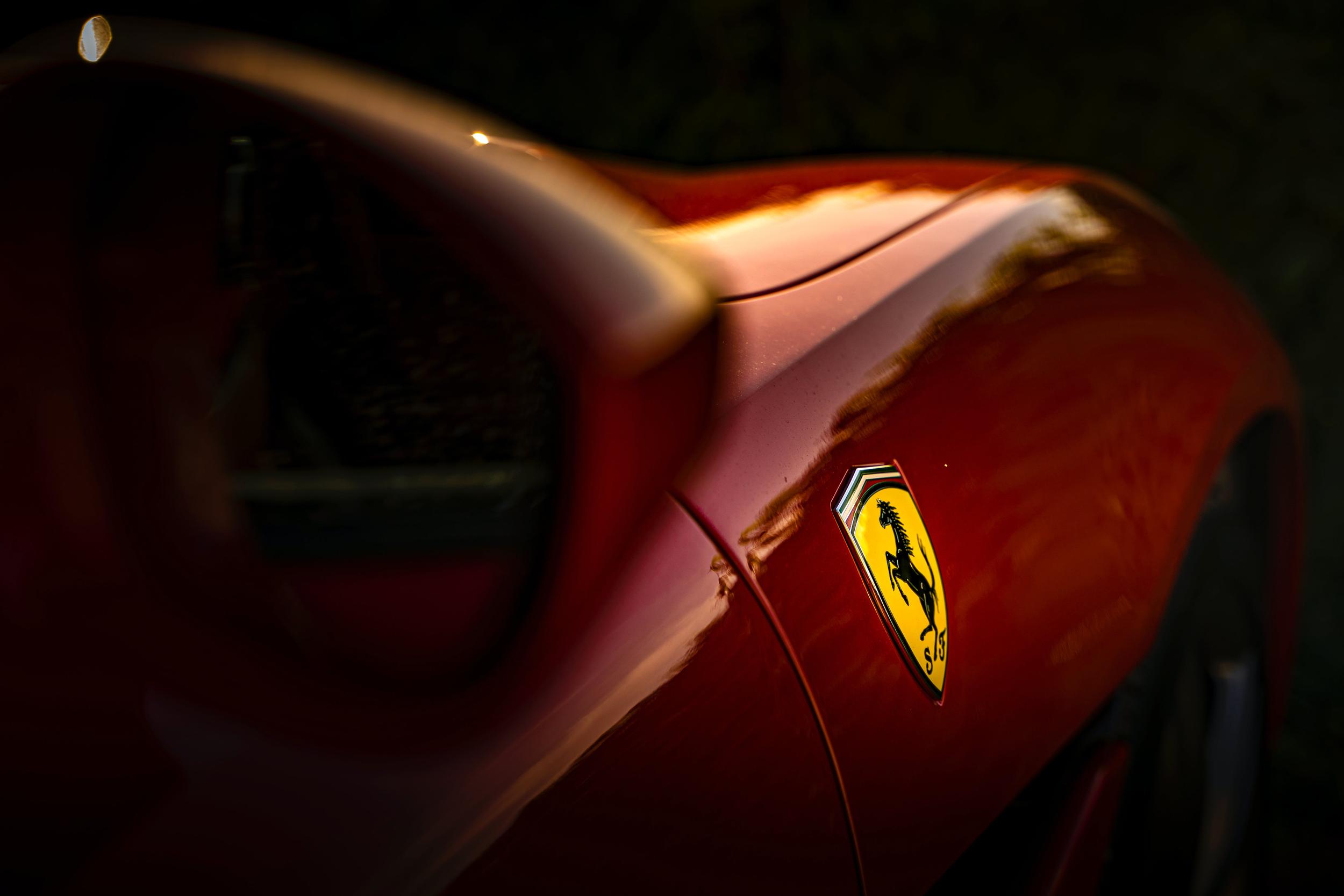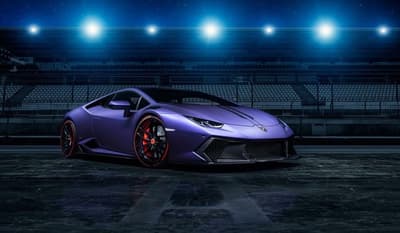The worlds of Ferrari and Chevrolet, particularly when it comes to their iconic models – Ferrari’s range of sports cars and the Chevrolet Corvette – often seem poles apart in terms of branding, heritage, and design philosophy. Yet, a closer examination reveals a surprising, if often coincidental, aesthetic synergy across different eras. Here, we explore these parallels, focusing on design while delving into each model’s uniqueness and backstory.
In examining these models, we notice that while each car stays true to its heritage, there is a surprising, sometimes uncanny, visual and philosophical parallel in their design evolution over the decades. These similarities underscore a broader narrative in automotive design: the constant interplay between form and function, tradition and innovation, and the enduring quest for beauty and performance. Ferrari and Chevrolet, through their respective journeys, have each, in their own way, captured the essence of what makes a sports car both a work of art and a feat of engineering.
Ferrari 250 GT & Chevrolet Corvette C1
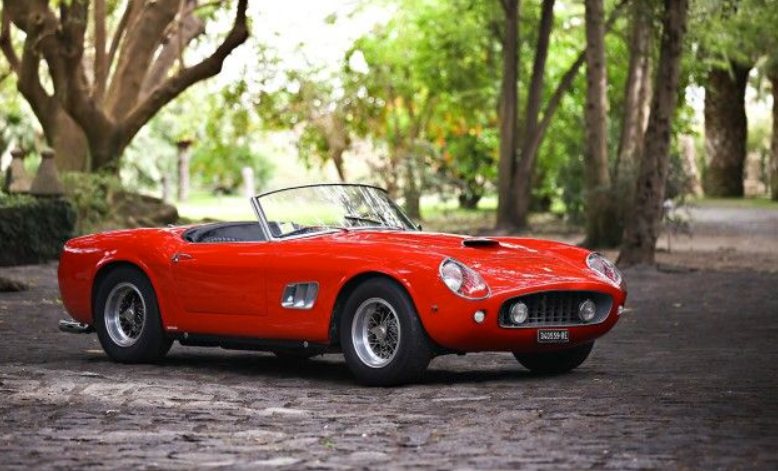
The 1950s were a pivotal decade in automotive design, capturing the optimism and technological advancements of the post-World War II era. This sentiment was beautifully encapsulated in the designs of the Ferrari 250 GT and the Chevrolet Corvette C1. The 250 GT, introduced in the early 1950s, showcased Ferrari’s dedication to creating elegant, high-performance GT cars. It was characterized by a long hood, which housed the legendary V12 engine, a symbol of Ferrari’s engineering prowess. Its styling was fluid, with gentle curves and a hint of aggression, indicative of its sports car capabilities.
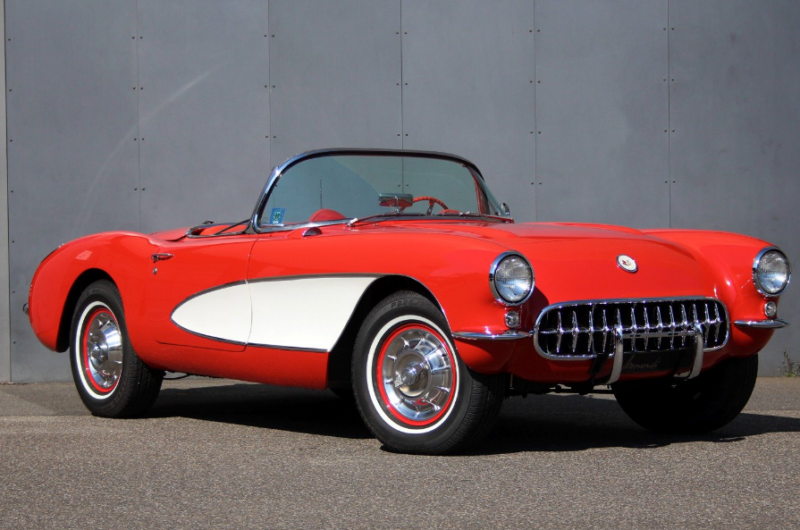
The Corvette C1, on the other hand, was Chevrolet’s answer to the growing demand for sporty, exhilarating American automobiles. Launched in 1953, it presented a striking contrast to the bulky and chrome-laden American cars of its time. The C1 featured rounded fenders, a sleek grille, and a wraparound windshield that echoed the sportiness of European designs, particularly reminiscent of the 250 GT. Its fiberglass body was a novelty, setting it apart in material innovation. While both cars were products of their distinct automotive philosophies and cultures, their designs reflected a shared desire to blend performance with elegance, catering to a clientele that appreciated speed, style, and innovation.
Ferrari 275 GTB & Chevrolet Corvette C2
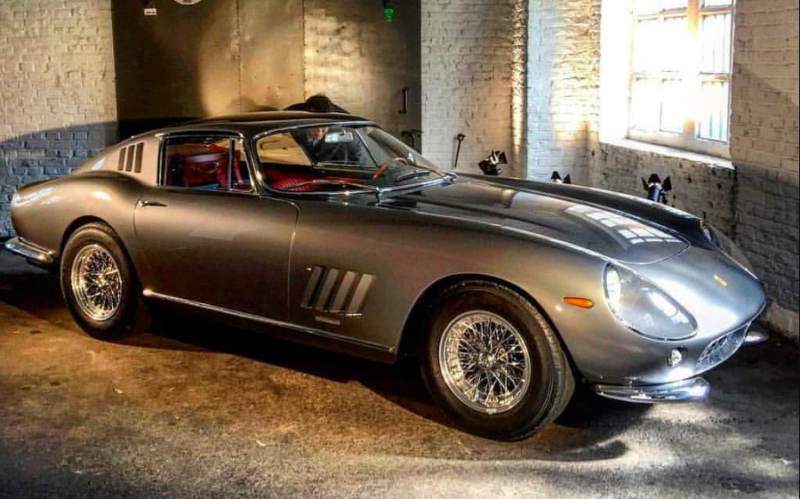
In the 1960s, both Ferrari and Chevrolet made bold statements with the 275 GTB and the Corvette C2, respectively. The Ferrari 275 GTB, unveiled in 1964, marked a significant evolution in Ferrari’s design language. It was more than just a performance machine; it was a sculptural beauty, representing a perfect blend of muscle and grace. The car’s long, bulging hood hinted at the power of the V12 engine beneath, while the sweeping lines and well-proportioned body reflected a level of sophistication and sportiness. This model also introduced innovations such as independent rear suspension, which not only enhanced performance but subtly altered its stance, giving it a more poised appearance.
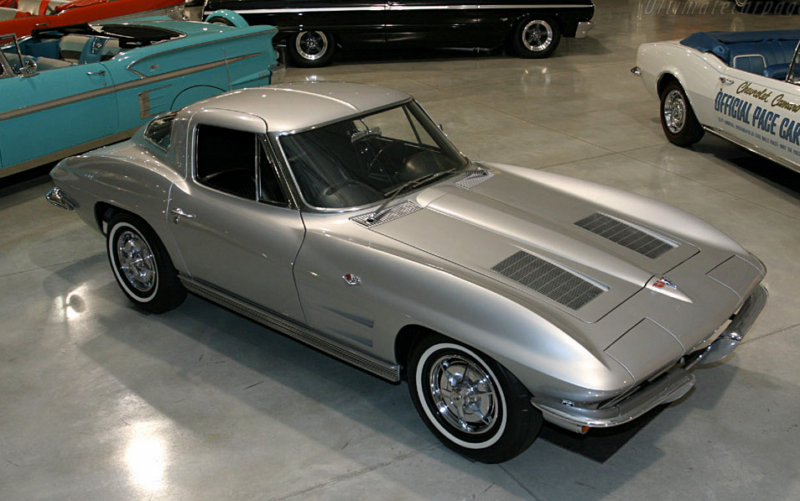
The Chevrolet Corvette C2, famously known as the “Sting Ray,” debuted in 1963 and was a radical departure from its predecessor. Its design was inspired by a mako shark caught by GM design chief Bill Mitchell, leading to its aggressive and futuristic lines. The Corvette C2’s sharp contours, pronounced haunches, and split rear window (in the 1963 model) gave it a unique, almost avant-garde look, which set new standards for American sports car design. The Sting Ray, much like the 275 GTB, was not just about looks; it incorporated independent rear suspension and a lightweight body for improved handling. While the design languages of the 275 GTB and Corvette C2 were distinct, they both expressed a shift towards integrating aerodynamic efficiency with striking aesthetics.
Ferrari Daytona & Chevrolet Corvette C3
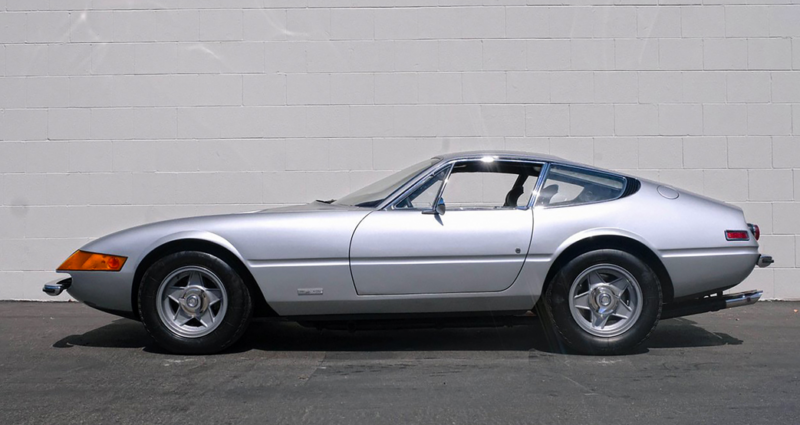
As the 1960s gave way to the 1970s, both Ferrari and Chevrolet continued to innovate and redefine sports car design. The Ferrari Daytona, officially the Ferrari 365 GTB/4, debuted in 1968 as a grand tourer with an imposing presence. Its sharp, angular lines were a departure from the more voluptuous curves of previous Ferraris. The Daytona’s design was both aggressive and elegant, featuring pop-up headlights and a sharply raked windshield. Its 4.4-liter V12 engine was a masterpiece, propelling it to become one of the fastest production cars of its time. The Daytona embodied the essence of a long-distance, high-speed cruiser, combining luxury with breathtaking performance.
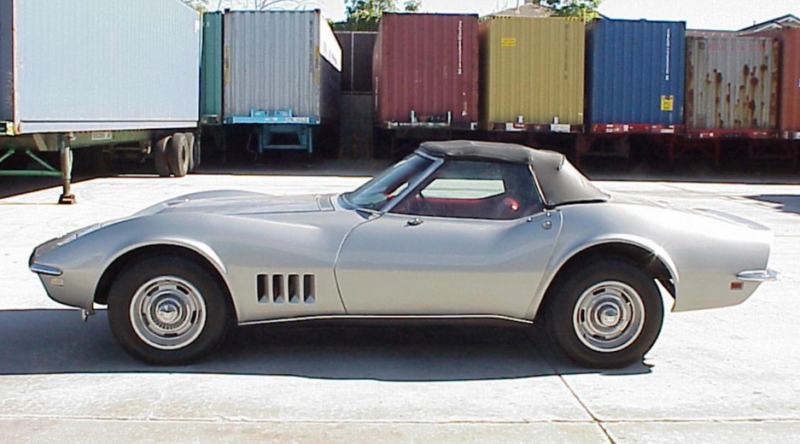
Around the same time, the Chevrolet Corvette C3 made its debut. The Corvette C3, introduced in 1968, took the Sting Ray concept to new heights. It featured a more exaggerated “coke bottle” shape, with a longer, lower, and wider body. This model was a manifestation of the American muscle car era, but with a distinctly sporty twist. Its t-top roof, flared fenders, and dramatic lines gave it an almost theatrical allure. Underneath its skin, the C3 was equipped with powerful V8 engines, making it not just a showpiece, but a formidable performer on the road and racetrack. The design evolution from the C2 to the C3 was akin to the shift seen in the transition from earlier Ferraris to the Daytona – a move towards more angular, assertive, and expressive designs.
Ferrari 328 & Chevrolet Corvette C4

The 1980s represented a significant shift in automotive design and technology, leading to more integrated and aerodynamic shapes. The Ferrari 328, which debuted in 1985, was a refinement of the previous 308 model and is often celebrated for its balanced and elegant design. The 328 maintained the classic mid-engine Ferrari layout but with softened lines, more rounded edges, and an overall more sophisticated and modern aesthetic. This model was not just about visual appeal; it also featured notable improvements in terms of reliability and drivability, making it a more accessible Ferrari while still maintaining its exotic allure.
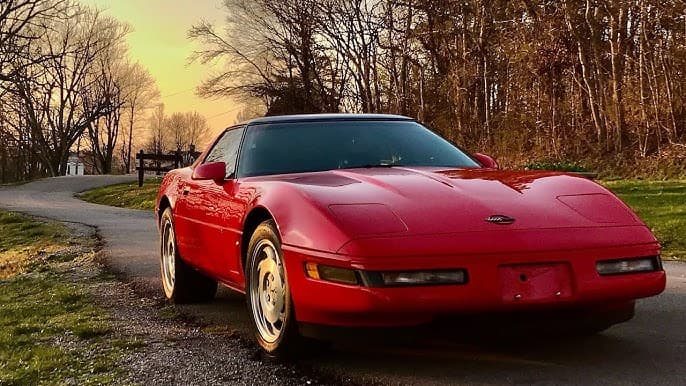
In the same vein, the Chevrolet Corvette C4, introduced in 1984, broke new ground in terms of engineering and design. The C4 discarded the curves of the C3 for a sharper, more geometric look, emphasizing straight lines and angular forms. It featured a complete redesign with a focus on aerodynamics and reduced weight, which drastically improved its performance and handling characteristics. The C4’s interior also received a significant update, featuring digital displays and a more ergonomic layout, reflecting the technological optimism of the 1980s. In many ways, the Corvette C4 and the Ferrari 328 mirrored each other’s move towards a modernized design ethos, focusing on blending aesthetics with advancing technology aiming to achieve a higher level of performance and appeal in an ever-evolving automotive landscape.
Ferrari 360 Modena & Chevrolet Corvette C5
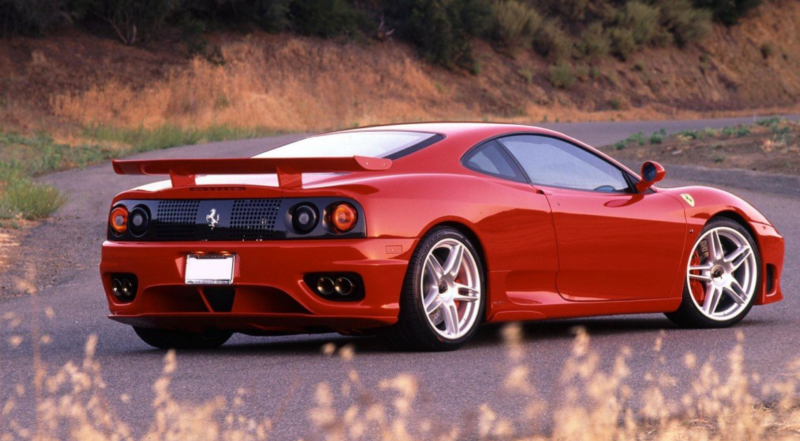
At the dawn of the new millennium, the Ferrari 360 Modena and the Chevrolet Corvette C5 represented a significant leap forward in design and engineering for their respective marques. Unveiled in 1999, the 360 Modena was a departure from Ferrari’s past with its emphasis on lightness, agility, and advanced aerodynamics. It featured a new aluminum space-frame chassis, greatly reducing weight while increasing structural rigidity. Its bodywork, characterized by clean lines and notably the large side air intakes, marked a new era in Ferrari design, balancing elegance with functional aerodynamic enhancements. The car’s overall shape, with its rounded haunches and lower, sleeker profile, was designed to manage airflow efficiently, reducing drag and improving downforce.
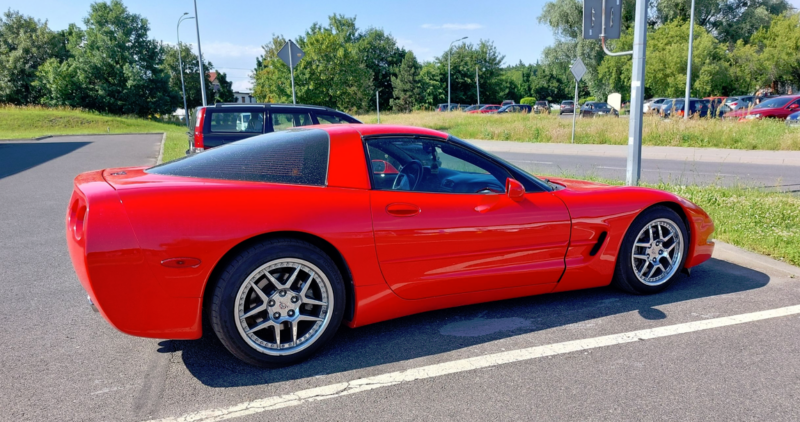
The Chevrolet Corvette C5, introduced in 1997, also brought substantial changes, most notably with its hydroformed box frame and a transaxle design for improved weight distribution. The C5’s design was sleeker and more refined than the C4, focusing on aerodynamics that echoed Ferrari’s design principles. The Corvette’s smoother lines, more rounded contours, and its integration of modern technologies like the LS1 V8 engine set a new standard in American sports car design. Both the 360 Modena and the Corvette C5 showcased how sports car design was evolving, prioritizing not just the aesthetics but also integrating performance-enhancing technological advancements in a holistic manner.
Ferrari F430 & Chevrolet Corvette C6
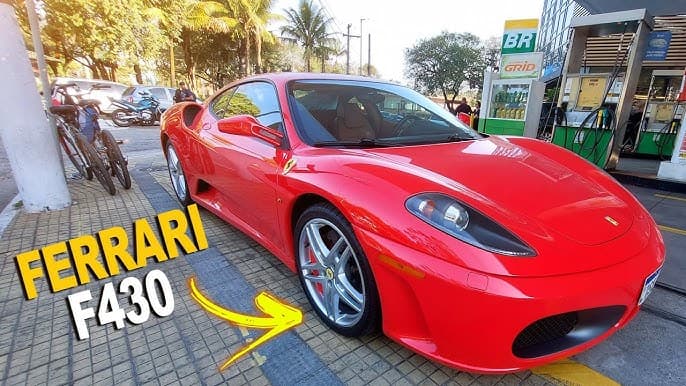
The mid-2000s saw the introduction of the Ferrari F430 and the Chevrolet Corvette C6, both honing the balance between performance and design. The F430, which debuted in 2004, was a testament to Ferrari’s racing heritage, incorporating technology derived from Formula 1. Its exterior, while retaining the general shape of the 360, introduced new elements such as the large front air intakes inspired by Ferrari’s Formula 1 cars and the distinctive circular taillights. The F430’s 4.3-liter V8 engine significantly evolved, representing Ferrari’s continuous pursuit of engineering excellence.
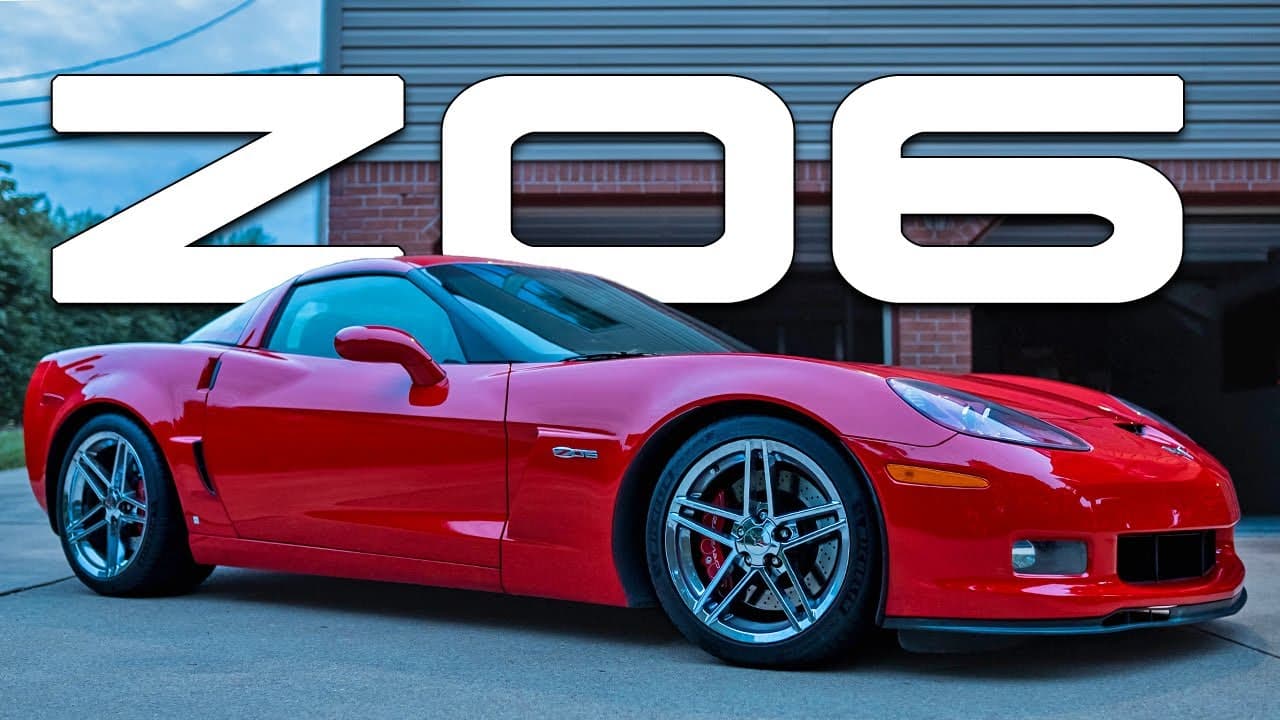
Simultaneously, the Corvette C6, launched in 2005, represented a more refined and powerful version of its predecessor. The C6 returned to exposed headlights, a feature not seen since the C1, symbolizing a blend of modernity with nostalgic elements. The C6’s body was more taut and defined, with sharper lines and a more aggressive stance. It offered increased performance thanks to its LS2 V8 engine and, later, the LS3. Both the F430 and the Corvette C6 continued the trend of blending cutting-edge technology with dynamic, innovative design, pushing the limits of what was expected in high-performance sports cars.
Ferrari F8 Tributo/Ferrari 812 Superfast & Chevrolet Corvette C7
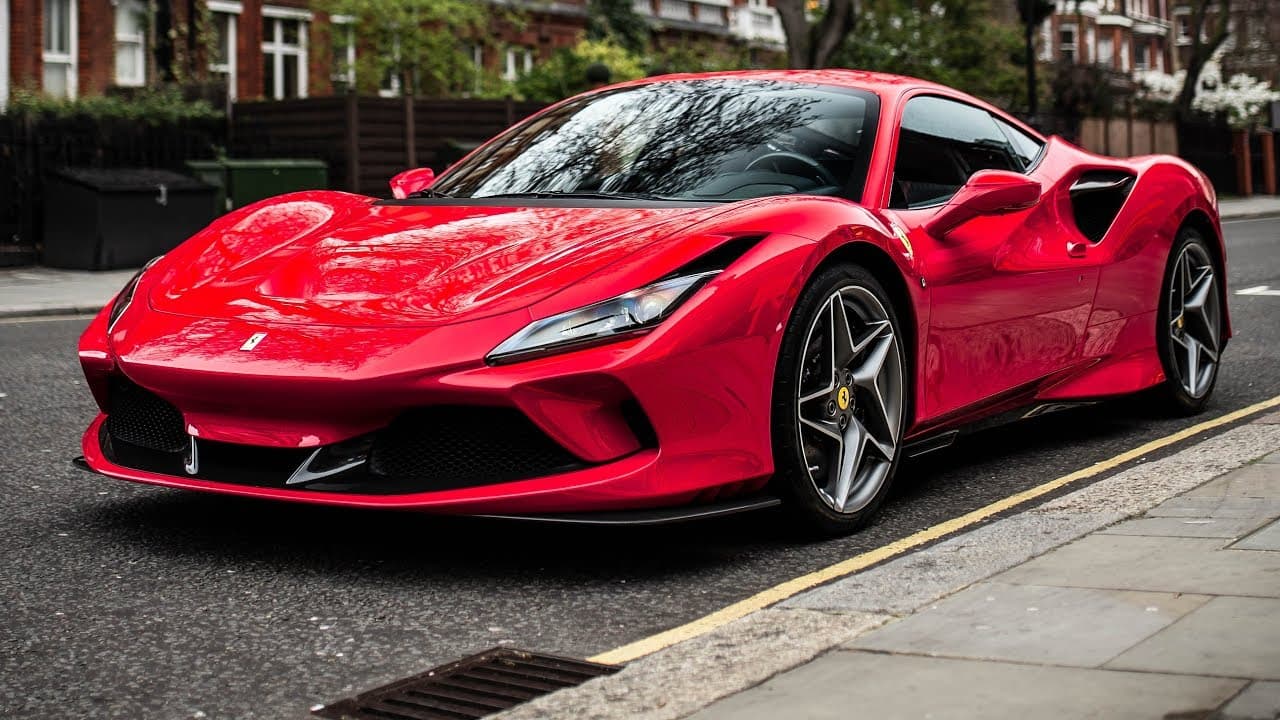
In the late 2010s, Ferrari and Chevrolet again showcased their prowess with the F8 Tributo, the 812 Superfast, and the Corvette C7. The Ferrari F8 Tributo, introduced in 2019 as a successor to the 488, celebrated Ferrari’s mid-engine V8 heritage, offering a powerful yet refined driving experience. Its design was carefully evolved, incorporating state-of-the-art aerodynamics for enhanced performance while maintaining a visual connection to its predecessors. The 812 Superfast, launched in 2017, took a different path, continuing the legacy of Ferrari’s V12 front-engined sports cars. Its dramatic, sweeping lines and imposing presence were matched by its formidable performance, symbolizing the pinnacle of Ferrari’s road-car program.
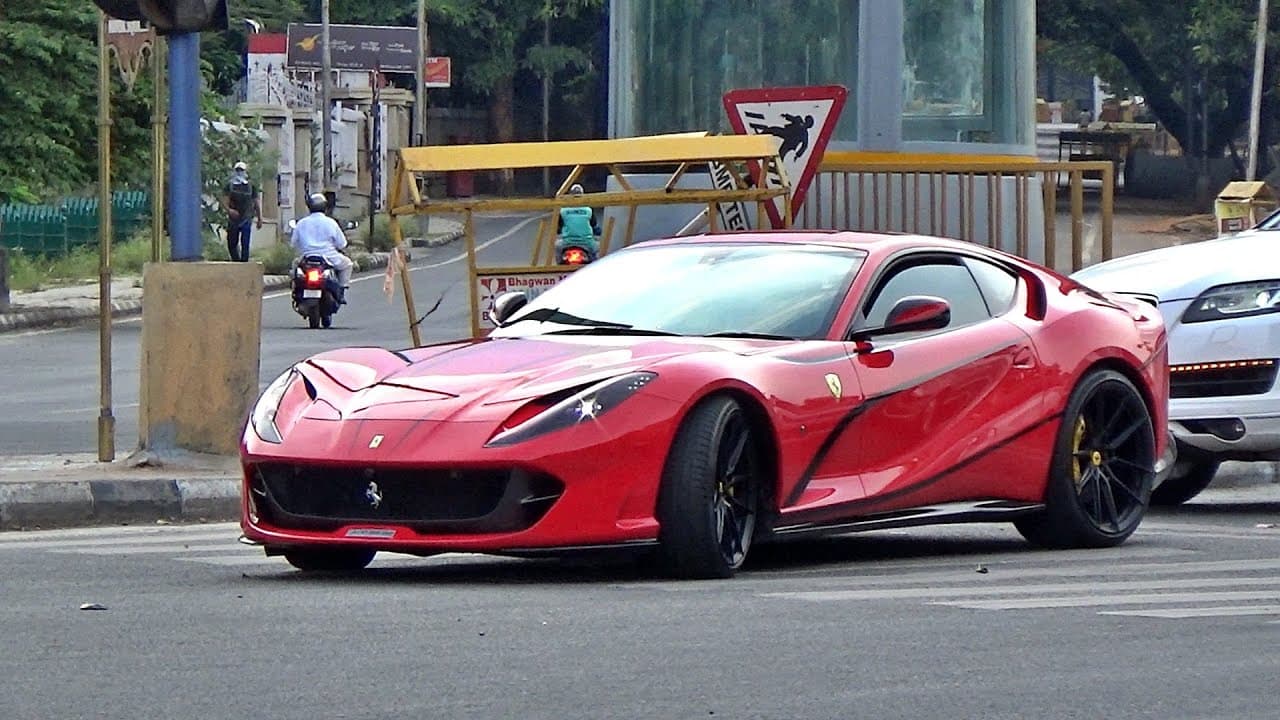
The Chevrolet Corvette C7, which debuted in 2014, was a nod to the Corvette’s storied past but with a keen eye on the future. It displayed a more aggressive, angular design, with advanced aerodynamics contributing to its formidable presence and performance. The introduction of the Z06 and later the ZR1 variants of the C7, with supercharged engines, carbon fiber components, and sophisticated aerodynamic packages, emphasized Chevrolet’s commitment to pushing the envelope in performance technology. Both Ferrari and Chevrolet, through these models, demonstrated how respecting heritage and relentlessly pursuing innovation could coexist, resulting in cars that were not only faster and more advanced but also emotionally resonant with their audiences.
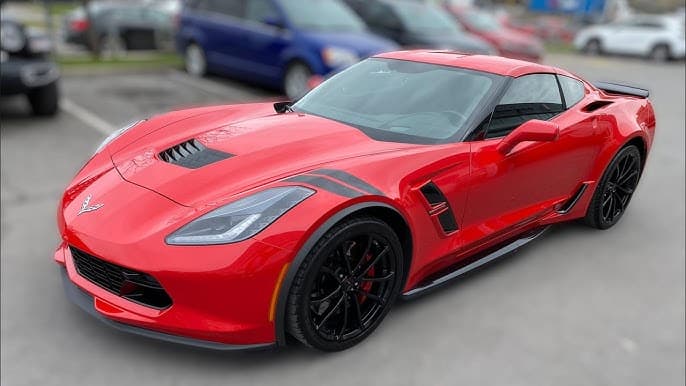
Ferrari SF90 Stradale & Chevrolet Corvette C8
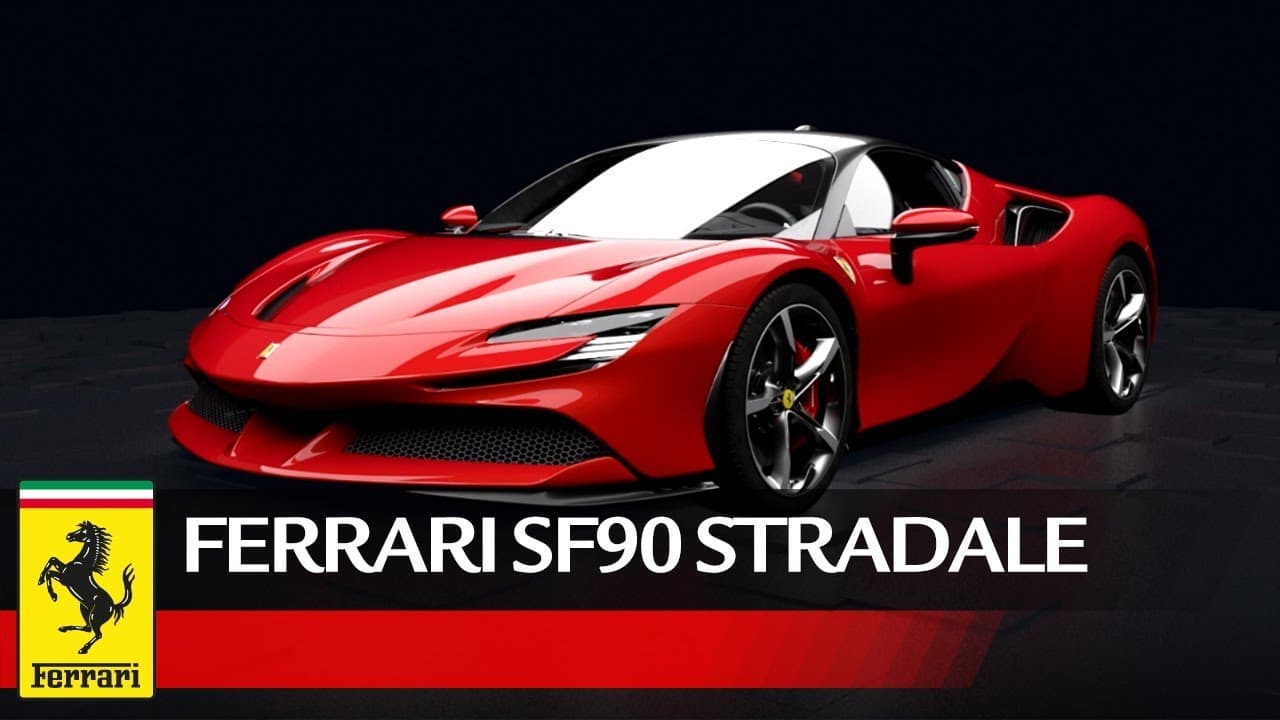
The Ferrari SF90 Stradale and the Chevrolet Corvette C8 are the latest embodiments of their respective brands’ continuous evolution and willingness to redefine themselves. The SF90 Stradale, introduced in 2019, is Ferrari’s first plug-in hybrid, combining a twin-turbo V8 engine with three electric motors to deliver unprecedented performance levels. Its design is a significant shift, with sharper, more aggressive lines and an interior that combines luxury with futuristic elements. This model represents a bold step for Ferrari, incorporating electrification, and showcases their adaptability and forward-thinking in an evolving automotive landscape.
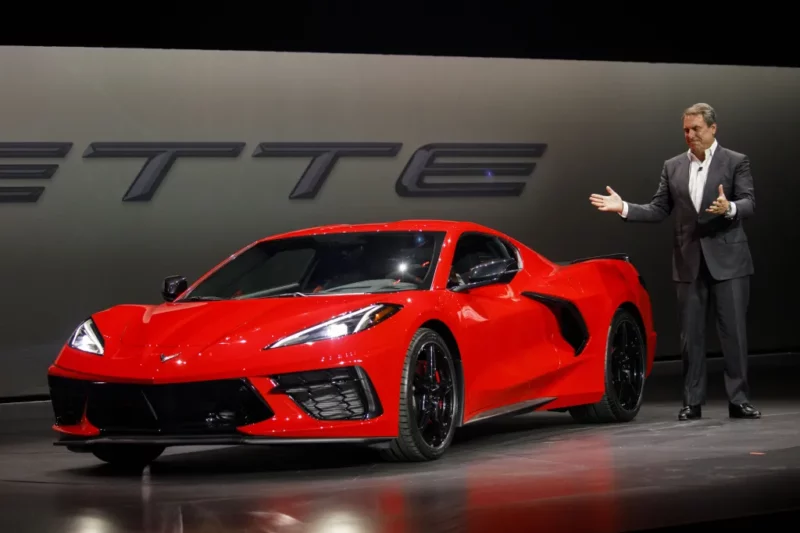
Similarly, the Corvette C8, launched in 2020, marked a radical departure from its predecessors by adopting a mid-engine layout, a first for the model. This change transformed the Corvette’s profile, bringing it closer in silhouette and spirit to exotic European sports cars, including the SF90. The C8’s design is striking and aerodynamic, with a cockpit-forward layout, and it features state-of-the-art technology and materials. Both the SF90 Stradale and the Corvette C8 embody a significant shift in their respective lineages, highlighting how embracing new technologies and design philosophies can lead to groundbreaking vehicles that set new benchmarks in the high-performance sports car segment.

